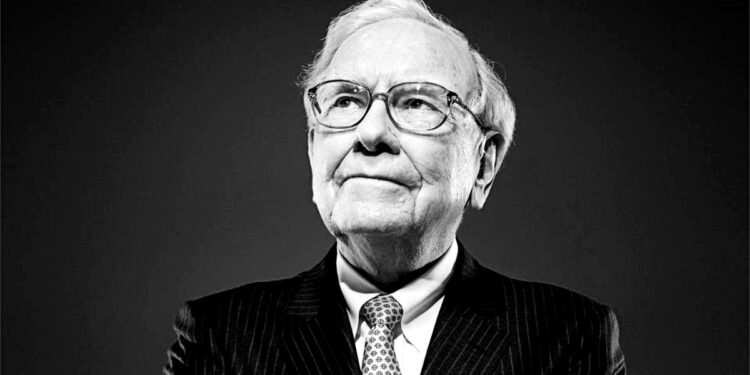In 1965, a middle-aged couple in Omaha, Nebraska, faced a common yet challenging predicament: how to effectively plan for retirement. Dorothy and Myer Kripke had diligently saved and received a modest inheritance, placing them well ahead of their peers in terms of retirement planning. By that year, their savings amounted to approximately $67,000, which, when adjusted for inflation, would equate to around $650,000 today.
Their primary concern was preserving and growing their nest egg to ensure its availability when they retired in the following decade or two. After months of deliberation and stress, Dorothy provided her husband with a simple solution: “Myer, invest the money with your friend, Warren.”
This acquaintance was none-other-than 35-year-old Warren Buffett. He was a neighbor that had already earned a positive reputation locally as a skilled money manager.
Little did they know that Dorothy and Myer Kripke had stumbled upon a man who would later be hailed as one of history’s greatest financial investors. Buffett, known as the Oracle of Omaha, would go on to manage an investment business with assets totaling roughly $500 billion.
The Kripkes became acquainted with Buffett through casual bridge games and holiday gatherings.
Myer had initial reservations about entrusting their life savings to a young up-and-coming money manager. He feared it might burden their friendship and questioned the wisdom of mixing business with personal relationships. Buffett’s minimum investment requirement at the time was $150,000, making it seemingly impractical to approach him with less than half that.
Dorothy’s determination prevailed, and despite Myer’s three-year resistance, he eventually reached out to Buffett. Buffett agreed to manage their funds without hesitation, emphasizing his desire to maintain their friendship even in the face of potential losses. “I liked Myer [and] I wanted people who if it went bad, we could still be friends,” Buffett said.
Their collaboration thrived, and over the next three decades, Buffett’s business expanded exponentially. In parallel, the Kripkes’ initial $67,000 investment multiplied rapidly.
“We got in fairly early with a modest amount of money. Then it mushroomed like an atomic bomb,” Myer said of their financial journey.
Their wealth grew, and the Kripkes transitioned from millionaires to multimillionaires. By the mid-1990s, their $67,000 had skyrocketed to over $25 million, which today, accounting for inflation, would be about $40 million.
During that period, Berkshire Hathaway Inc.‘s stock price fluctuated between $20,000 and $40,000 per share. Assuming they owned approximately 833 shares at an estimated price of $30,000 per share, the Kripkes’ net worth in the mid-1990s reached $25 million. If they had retained these shares until Dorothy’s death in September 2000, their value would have doubled to $50 million. By the time Myer died in May 2014, with Berkshire stock trading at $215,000 per share, their 833 shares would have been worth $180 million.
Today, someone who possesses 833 shares of Berkshire Hathaway would have a fortune of approximately $394,222,356 — nearly $400 million – all for a $67,000 investment.
The Value of Long-Term Investing
These stories show the compounding capabilities of investing for the long term. Finding the right stocks with strong long-term growth potential and then believing in ones investing thesis can yield incredible results over the span of years. For those inclined, startup investing platforms like StartEngine allow investors to own shares in companies at the earliest stages, including investing in StartEngine itself. This allows investors to invest in companies before they hit the stock market, multiplying those potential gains that otherwise wouldn’t be available after the initial public offering.
Source: Yahoo








Recent Comments